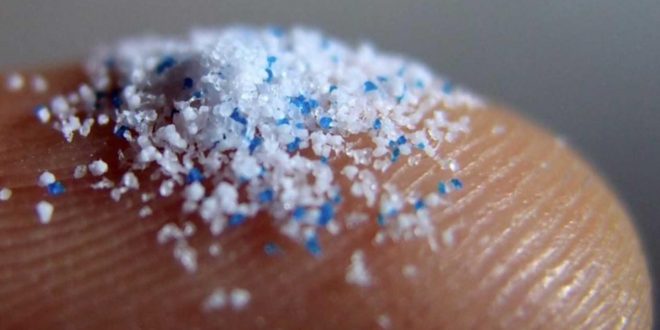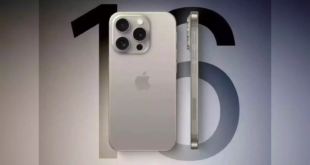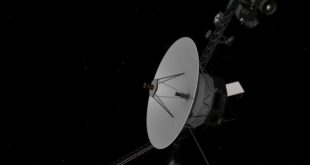Microplastics are small pieces of plastic that were broken down from larger plastics by natural or human forces. According to current definitions, microplastic is any piece of plastic measuring five millimeters in size down to one micrometer. Plastic particles that are smaller — from one micrometer down to 100 nanometers — are defined as sub-microplastic. Particles below 100 nm are called nanoplastic. Most of the adverse effects of these minuscule particles are unknown due to their small size, but there have been many studies attempting to examine the effect that these artificial particles can have on the environment and health. Microplastics can slowly accumulate within our bodies through the food we consume, which may lead to major health issues.
All these factors have caused microplastics to be a rising concern, and many global entities are attempting to develop and carry out solutions. Scientists have raised many ideas towards solutions, such as using plastic-eating bacteria or organizing cleanups that use vessels to gather extract large quantities of plastic in areas where plastics are highly concentrated. An unlikely solution, however, came from this year’s Google Science Fair winner. Ferreira Fionn, an aspiring STEM major in Ireland, developed a simple yet effective method to remove microplastics. After noticing the plastics scattered all over the beaches, Ferreira decided to take action and started this project as his local community college. After a lot of research, he eventually found ferrofluids, small particles that are magnetic and nonpolar, to be a possible solution. Being nonpolar allows them to mix with the nonpolar microplastics. After they stick together, the microplastics can then be removed due to the magnetic properties of the ferrofluid. This method had an average of 88% extraction rate and has an extremely simple preparation and process. Using this method, microplastics can be much more easily removed from our water sources, helping us avoid the detrimental effects of their presence.
 Tempus Magazine By Students, For Students
Tempus Magazine By Students, For Students 



